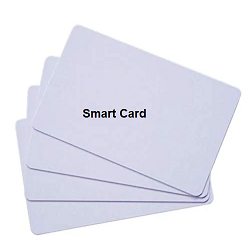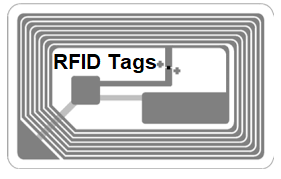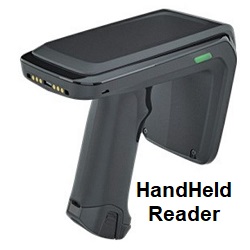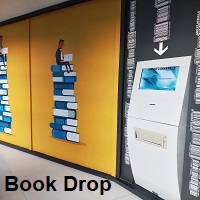 RFID Technology For Libraries:
RFID Technology For Libraries:
- Library Cards and Patron Identification:
- RFID-enabled library cards: Patrons are issued RFID-enabled library cards that contain a unique identifier linked to their account. These cards can be used for self-checkout and other library services.
- RFID Tags on Library Materials:
- Each library item (books, DVDs, CDs, etc.) is affixed with an RFID tag. This tag contains information such as the item's unique identifier and other relevant details.
- Self-Checkout Stations:
- Patrons can use self-checkout stations equipped with RFID readers to borrow materials independently. They simply place their library card and the items to be borrowed near the RFID reader for automatic identification and processing.
- Security Gates:
- RFID-enabled security gates are installed at library exits. If a patron attempts to leave with an item that has not been properly checked out, the RFID system will trigger an alarm.
- Inventory Management:
- RFID technology allows for efficient and accurate inventory management. Librarians can use handheld RFID readers to quickly scan shelves and update the library's database, making it easier to locate misplaced items.
- Book Drops:
- Automated book drops equipped with RFID technology can instantly check in returned items and update the library's system without requiring staff intervention.
- Integration with Library Management System (LMS):
- RFID systems are integrated with the library's management software, allowing for seamless communication between the RFID infrastructure and the library's database.
- Streamlining Processes:
- RFID technology helps streamline various library processes, reducing the time and effort required for tasks such as checking in/out, inventory, and searching for misplaced items.
- Enhanced User Experience:
- The use of RFID technology often leads to a more convenient and user-friendly experience for library patrons, as they can complete transactions quickly and efficiently.
Implementing RFID in libraries requires an initial investment in infrastructure and technology, but it can lead to improved operational efficiency, reduced manual labor, and enhanced patron services. Many libraries around the world have successfully adopted RFID technology to modernize their operations and provide a better experience for users.







